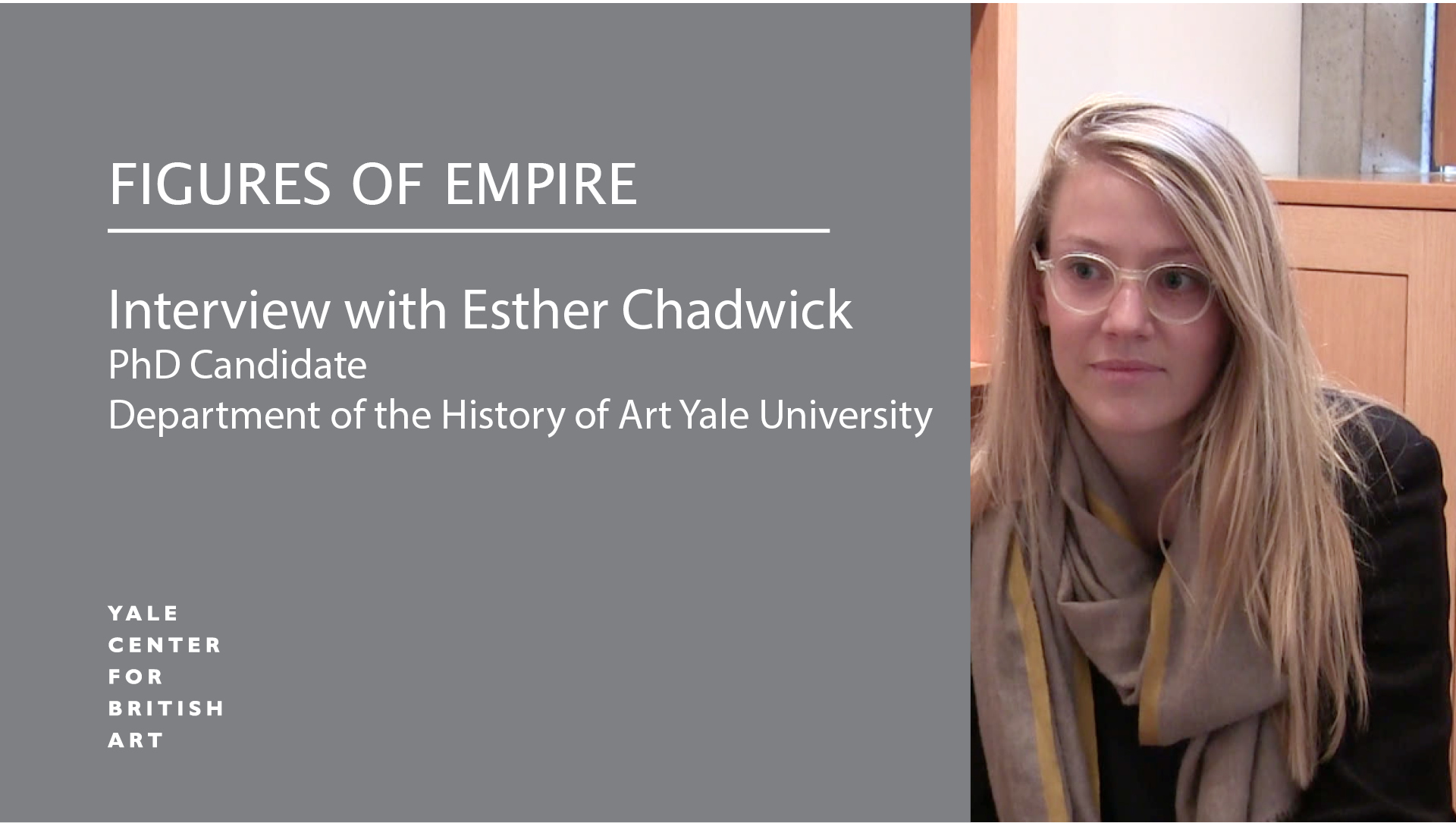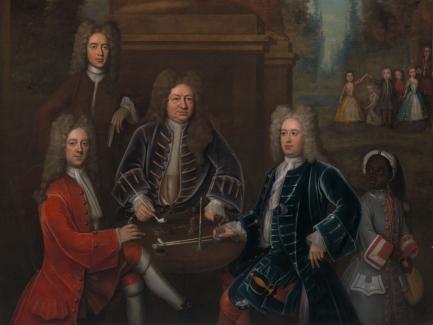The rise of the British Empire during the eighteenth century, fueled by enslaved labor on plantations in the North Atlantic world, contributed to a period of economic and cultural growth in Britain. It also brought unprecedented numbers of Africans and people of African and African-Caribbean descent, both enslaved and free, to the British mainland. Figures of Empire explored the impact of these developments on the most ubiquitous artistic genre of the time: the portrait.
In eighteenth-century Britain, portraits were a principal means of self-representation. Sitters conveyed information about themselves in a variety of ways—through clothing, setting, props, and often also in relation to subordinate figures, such as servants or slaves. In many cases, these figures were modeled after life; however, in the eighteenth century, they were rarely recognized as subjects in their own right. By contrast, this exhibition challenged the viewer to consider all of the figures depicted within a given portrait as individuals with histories and as “figures of empire”—as people whose lives were shaped by British imperialism and the institution of transatlantic slavery. Figures of Empire asked visitors to think again about what exactly a portrait is and how the answer to this question might change over time.
The exhibition featured more than sixty paintings, sculptures, prints, drawings, and decorative objects. Loans from neighboring Yale institutions also enriched the display, but the majority of works were selected from the Center’s own holdings to contextualize the collection in new ways. Titles of artworks were changed to reflect the presence of all figures pictured.
Interviews with artists and curatorial and academic scholars, accessible as an interactive presentation in the exhibition and online, helped to place these works of art in a contemporary context. In addition, a series of related programs, including lectures, exhibitions, a conference, and film screening, took place across Yale University. Highlights included a pendant exhibition, Prospects of Empire: Slavery and Ecology in Eighteenth-Century Atlantic Britain, at the Lewis Walpole Library in Farmington, Connecticut, and a major international conference that was planned in partnership with the Gilder Lehrman Center for the Study of Slavery, Resistance, and Abolition, titled “Visualizing Slavery and British Culture in the Eighteenth Century.”
Interactive site
Visit Slavery and Portraiture in Eighteenth-Century Atlantic Britain to view objects featured in the exhibition, discover a timeline of events, and listen to a series of interviews with academic and curatorial scholars, and artists.
Exhibition brochure
An illustrated booklet, including descriptive text, a historical timeline, and a list of objects on display, accompanied the exhibition.
View works from the collection included in this exhibition here.
Credits
Figures of Empire: Slavery and Portraiture in Eighteenth-Century Atlantic Britain was organized by the Center and curated by Esther Chadwick and Meredith Gamer, PhD candidates in the Department of the History of Art at Yale University, and Cyra Levenson, Associate Curator of Education at the Yale Center for British Art.

